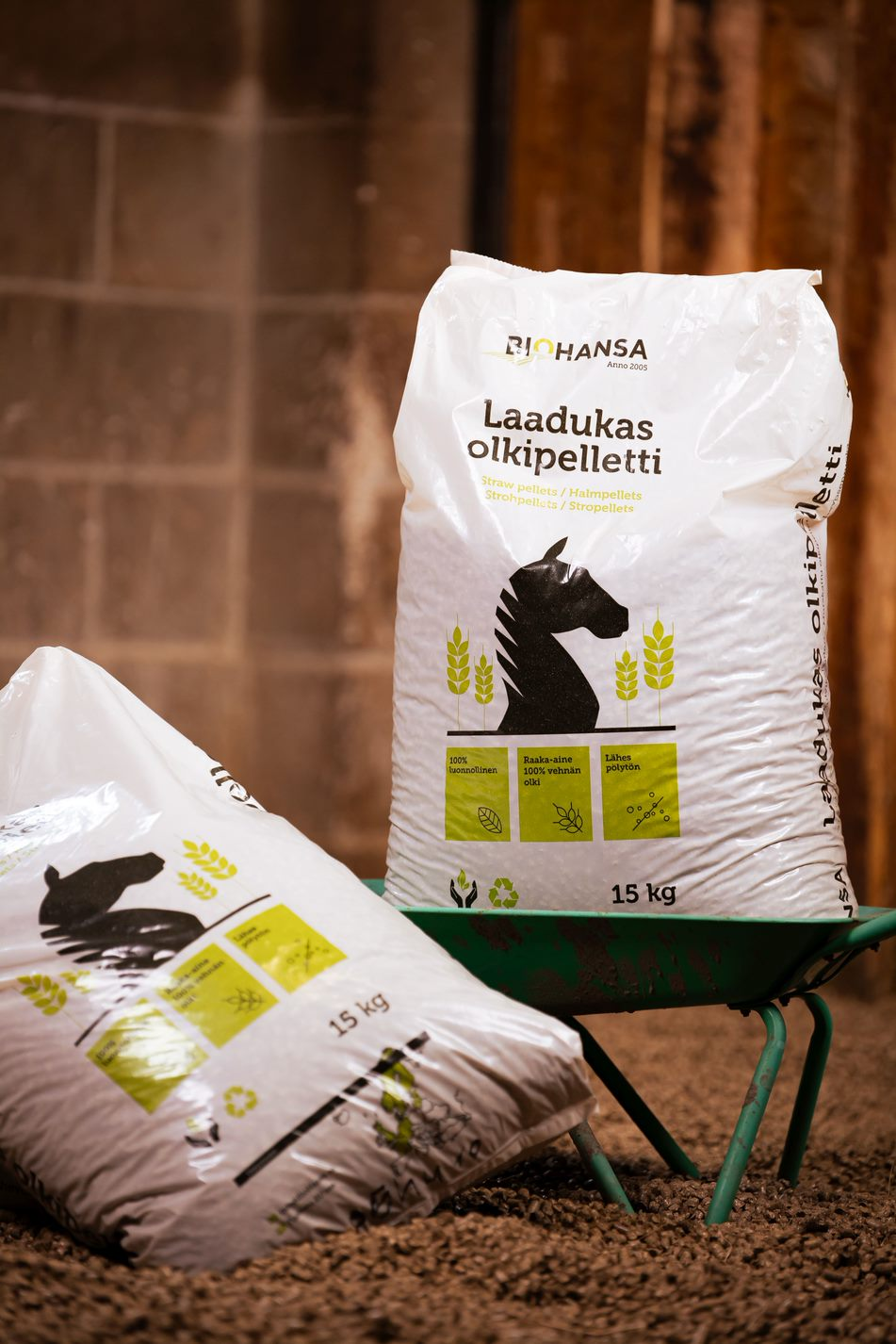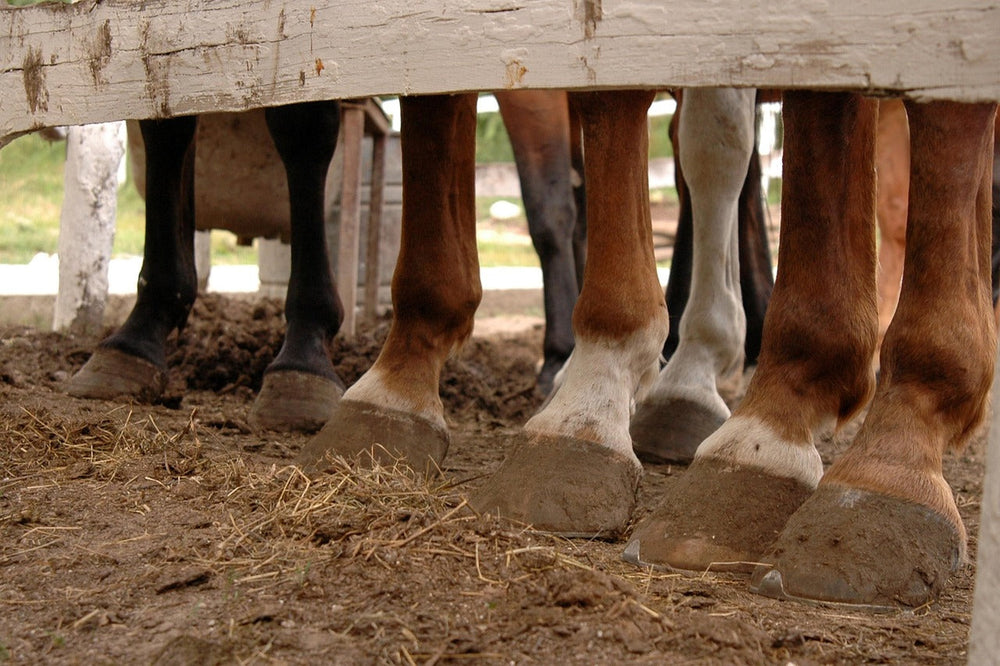
Summer is naturally the peak grazing season for horses in Finland. Natural nutrition, outdoor time and freedom to move benefit the horse. However, summer also brings challenges, as insects, heat and sudden changes in diet can stress the horse and cause health problems.
Benefits and challenges of grazing
Grazing supports the horse’s digestion, joint and muscle health, and allows species-specific behaviors such as nibbling grass and socializing in herds.
However, a few important points must be considered. For example, grass sugar content varies by time of day and weather. Especially in spring and during drought, excessively sugary grass can predispose to laminitis.
In addition, starting grazing should be done gradually, especially if the horse has not recently been on pasture or has been fed only dry hay. Sudden change may cause stomach problems or colic.
Insect protection is key to maintaining grazing peace
Horseflies and midges make many horses restless, which may lead to them not grazing properly or stressing themselves until sweating. This, in turn, can cause weight loss or digestive problems.
The horse’s summer should be a relaxing, natural and rewarding experience, as long as the human supports the horse’s welfare and knows how to prevent problems.
Protect your horse from insects, for example, with insect sheets and hoods. A grazing sheet with neck and belly protection and mesh hoods surprisingly effectively protect against insects. The downside is the stickiness caused by the sheet fabric.
Natural or chemical insect repellents sprayed directly on the horse’s skin or sheet reduce insect interest. However, in a strong insect season, repellents may be used by the bottleful and it seems that as money disappears from the wallet, the number of insects increases.
The choice of grazing area also affects. Avoid damp, marshy areas or forest edges where insects are more numerous. A grazing site should have wind protection or be an open area where insects stay away better.
Otherwise, consider a separate shelter in the pasture that allows retreating for insect protection. A shelter or an open barn adds comfort and safety.
Did you know that many insects are most active in the morning and evening? Therefore, grazing times can be moved to late evening, early morning or even night.

Prevention of digestive problems
Grazing is not always just a summer dream, but can cause digestive problems for one reason or another. Therefore, it is good to plan grazing schedules and monitor horses regularly.
If a horse won’t graze because of insect distress but eats eagerly when insects are fewer, feeding may become irregular. This can even lead to stomach ulcers, colic or weight loss.
It is important to offer extra hay if the horse doesn’t graze enough and monitor its weight and droppings. Changes may indicate digestive disorder. If so, bring the horse inside to rest. Providing a break from pasture, the horse can eat and rest calmly protected from insects. Keep bedding dry in stalls during summer so the horse can lie down comfortably.
Heat and dehydration
On hot days the horse requires special attention. There must always be clean, fresh water available on the pasture. Salt blocks or electrolytes support fluid and salt balance, especially during sweating.
Heat stroke can surprise, so provide shade and shelter. Heat stroke is a serious condition that can develop rapidly, especially in hot and humid weather when the horse can no longer regulate its body temperature efficiently. The horse is tired, unresponsive, and unable to move normally. At first, the horse sweats heavily, but in severe heat stroke, sweating may stop altogether.
Forest, shelter or shaded spot in pasture protects from excessive sun. To reduce heat stroke risk, avoid heavy work with the horse at the hottest times of the day.
And remember to cool the horse as needed. Cool water sponging or a wet towel helps manage heat load. Monitor the horse’s behavior and health daily.






